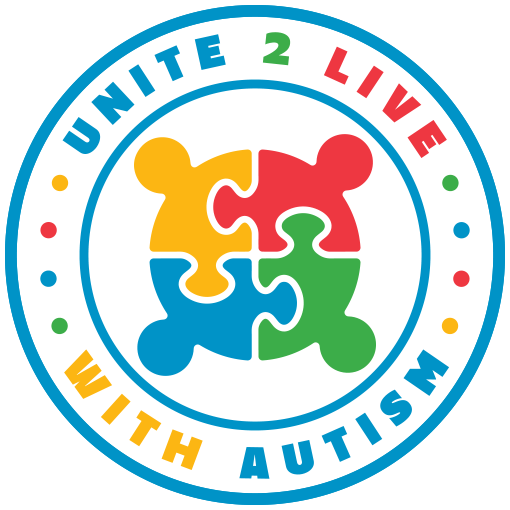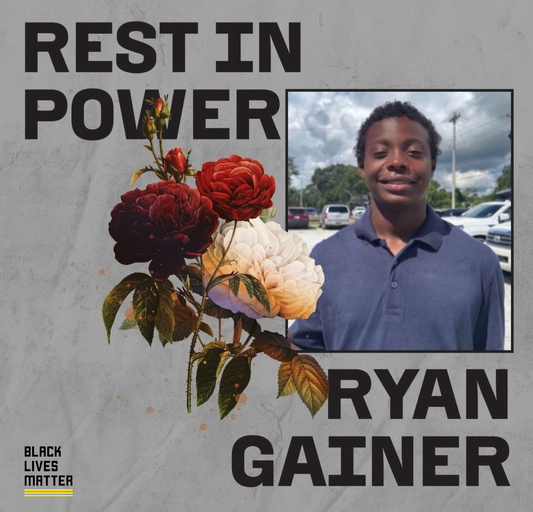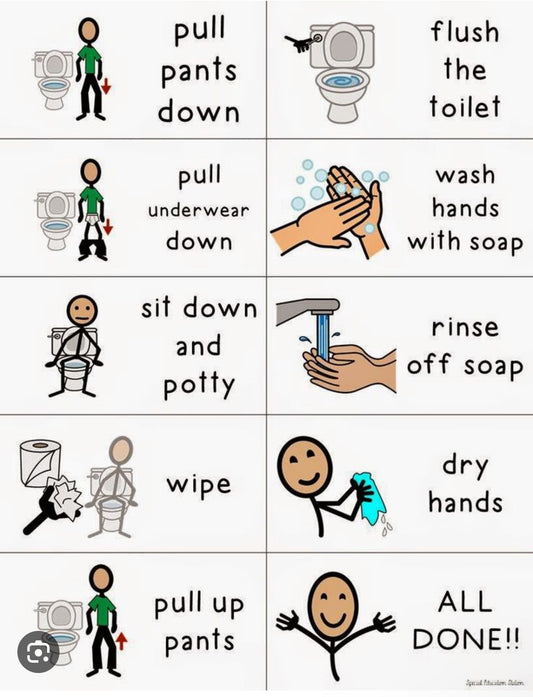Introduction
Autism, a complex neurodevelopmental disorder, affects millions of individuals worldwide. Every person with autism is unique, with their own set of strengths and challenges. Unfortunately, one of the many stereotypes surrounding autism is the misconception that individuals on the autism spectrum are prone to violence. In this blog post, we aim to debunk this myth, shed light on the true nature of autism, and emphasize the importance of understanding and supporting those living with autism.
The Autism Spectrum
Autism is often referred to as a spectrum disorder because it encompasses a wide range of abilities and challenges. Each person with autism experiences it differently, and their individual experiences can vary greatly. Some may have difficulty with social interactions and communication, while others may excel in specific areas like mathematics or music. However, violent tendencies are not intrinsic to autism.
Understanding Stereotypes
The stereotype of violence and autism is a deeply ingrained misconception that has perpetuated over the years. It is rooted in a lack of understanding and awareness about autism. People may associate certain behaviors, like meltdowns or sensory overloads, with violence. It is essential to differentiate between aggression as a result of sensory overload and premeditated violence.
Meltdowns and Sensory Overload
One aspect of autism that is often misunderstood is meltdowns or sensory overload. People with autism may experience sensory stimuli differently, making them more susceptible to sensory overload. In such situations, they may become overwhelmed and react by displaying what may appear to be aggressive behavior. These reactions are not premeditated acts of violence but rather a way for the individual to cope with their heightened sensory experiences.
Communication Challenges
Individuals with autism often struggle with verbal and non-verbal communication. When they are unable to express their needs and emotions effectively, it can lead to frustration. This frustration may manifest as seemingly aggressive behavior, but it is a cry for help and understanding rather than violence.
Support and Understanding
To break down the stereotype of violence and autism, it is crucial for society to be more understanding and accepting of individuals on the spectrum. This can be achieved through:
- Education: Raising awareness about autism and its characteristics is essential. The more people understand what autism truly is, the less likely they are to make false assumptions about violent tendencies.
- Empathy: When witnessing someone with autism in distress, showing empathy and providing support can make a world of difference. It's vital to approach them with patience and understanding rather than judgment.
- Advocacy: Advocating for the rights and needs of individuals with autism is a collective responsibility. This can include pushing for inclusive education, access to therapies, and supportive environments.
- Early Intervention: Providing early intervention services for children with autism can help them develop coping strategies and improve their communication skills, reducing the likelihood of meltdowns.
Conclusion
Autism is not synonymous with violence. It is a unique neurodevelopmental condition that affects each individual differently. Meltdowns and communication challenges can lead to behaviors that are sometimes mistaken for violence, but understanding and empathy can make a world of difference. Let us strive to break down stereotypes, support those living with autism, and work towards a more inclusive and accepting society where everyone can thrive, irrespective of their neurodiversity.




